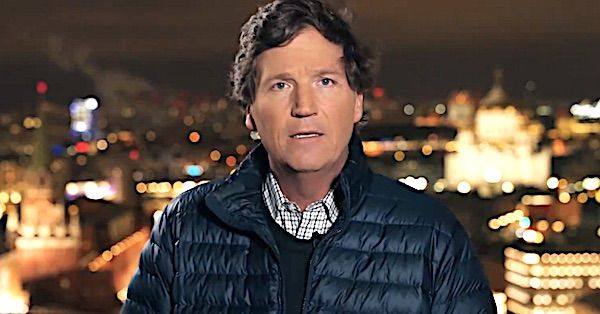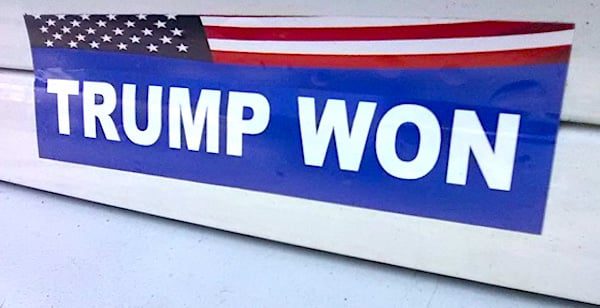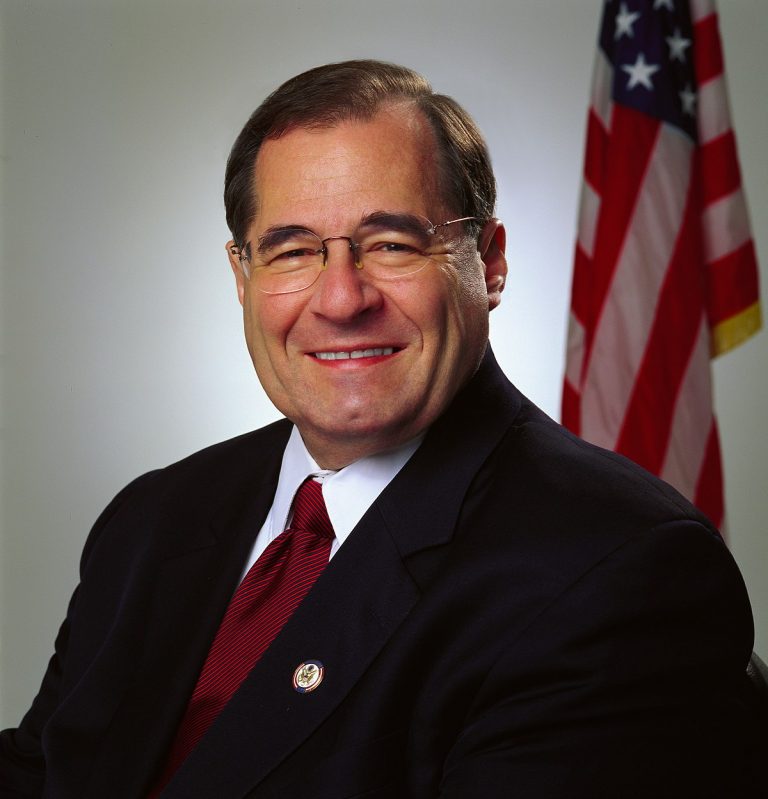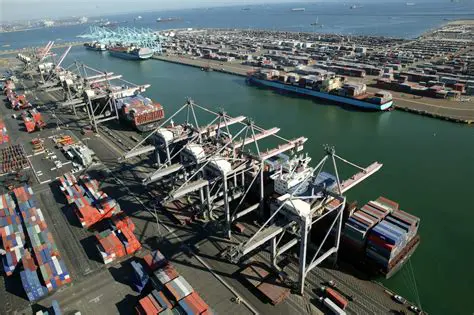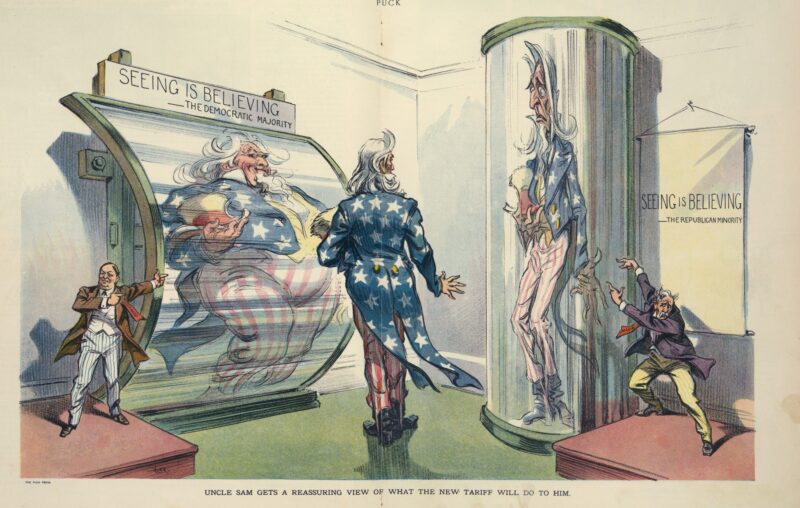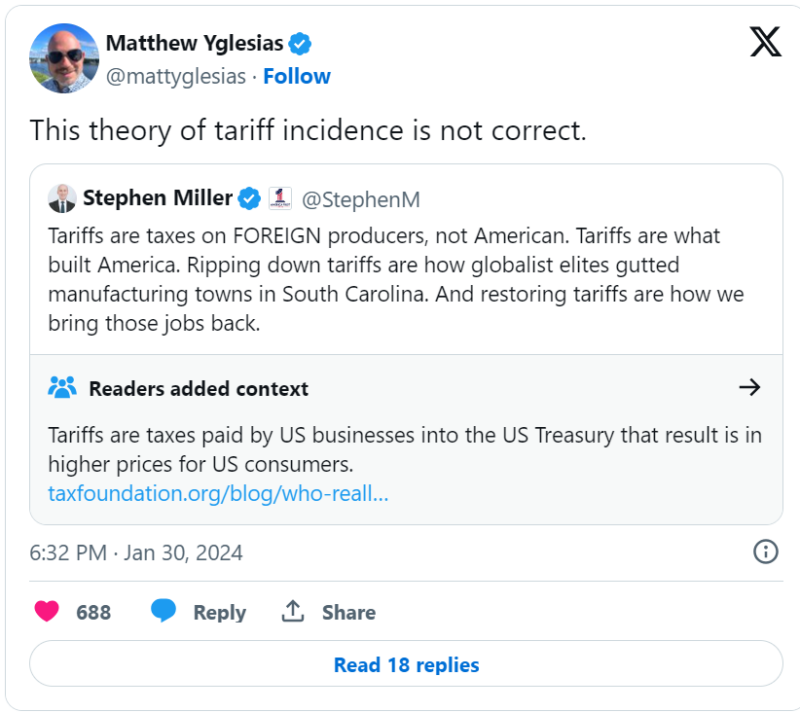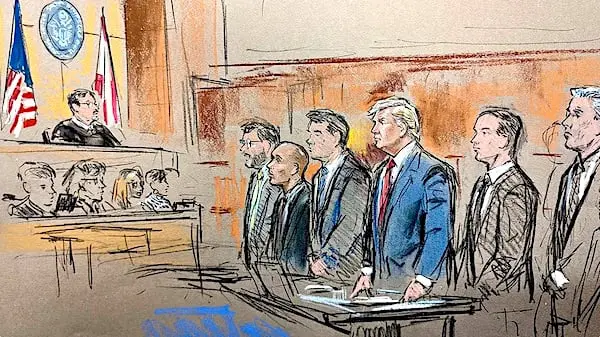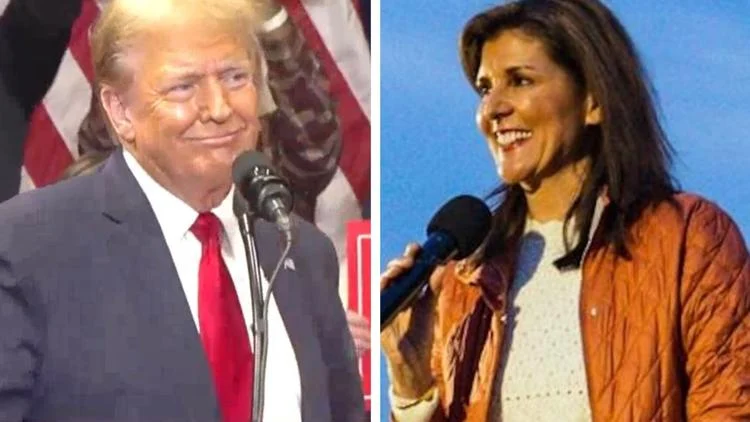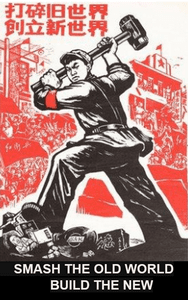(The Center Square) – Sweeping a fourth consecutive primary by double digits, former President Donald Trump left South Carolina victorious on Saturday and on a roll heading into Michigan on Tuesday.
Nikki Haley, two-term governor of South Carolina and a former United Nations ambassador in Trump’s administration, was overwhelmed in unofficial totals. The race was called minutes after the closing of polls at 7 p.m. Eastern. With 100% of counties reporting, Trump led 59.8%-39.5% among more than 636,000 votes cast.
In the Democratic primary on Feb. 3, there were more than 131,000 votes cast and 96% chose President Joe Biden. South Carolinians do not register by party and could choose to vote in either but not both primaries.
At stake in the South’s first Republican primary were 50 delegates for the Republican National Convention in Milwaukee on July 15-18. Twenty-nine went to Trump as the statewide winner; he took 15 of the remaining 21 that are assigned three each to winners in the seven congressional districts, respectively.
“I have never seen the Republican Party so unified as it is right now,” Trump said in a victory speech that began minutes after the polls closed. “You can celebrate for about 15 minutes, but then we have to get back to work.”
The nation’s 45th president added to previous caucuses and primary wins in Iowa, New Hampshire and Nevada, the first non-incumbent GOP candidate to open with such a sweep since 1976’s primary and caucuses calendar change. Since 1980, only Newt Gingrich in 2012 won South Carolina’s Republican primary without reaching the national ticket.
“There are huge numbers of voters who say they want an alternative,” Haley said in Charleston after the race was called. “I said no matter what happens in South Carolina, I will continue to run for president. I am a woman of my word. I’m not giving up this fight when a majority of Americans disapprove of both Donald Trump and Joe Biden.”
Haley said only four states have spoken.
“In the next 10 days,” she said, “there are 21 states and territories that will speak. They have the right to a real choice. And I have a duty to give them that choice. We can’t afford four more years of Biden’s failures.”
Immigration, inflation, energy, an America-first foreign policy and revenge from the 2020 loss to Biden have been hallmarks of the 77-year-old Trump’s campaign.
“No country could sustain what is happening to the United States of America,” Trump, during his victory speech, said of the ongoing situation at the U.S. border with Mexico. “Right now, our country is a laughing stock all over the world. Our country is going to be respected again, respected like never before.”
On the campaign trail in Rock Hill on Friday, Trump said Haley was staying in the race to help Democrats. The flip side is Haley’s supporters see Trump and his 91 criminal charges as the GOP choice that Democrats would want to face their candidate.
Trump also served up comments on race – sparking partisan critiques – when speaking to a friendly crowd at the Black Conservative Federation Gala in Columbia later in the evening.
Haley, 52, was in Greenville on Tuesday saying she’s campaigning to save the country, led by the topics of education, economy, immigration, homicides, fentanyl and foreign policy. She voted in Kiawah Island on Saturday morning, having spent Friday in Moncks Corner among other stops.
Haley says Trump brings chaos and will be unelectable in the general election, though national polls including The Center Square Voters’ Voice Poll disagree. In a Marquette Law School national poll released Wednesday, proposed 1-on-1 races have Haley defeating Biden 58%-42% and Trump beating Biden 51%-49%.
Prior to Saturday, Real Clear Politics’ polling average showed Trump ahead of Haley 63%-32% in South Carolina. Nationally, the advantage climbs to 75%-17%.
SOURCE


